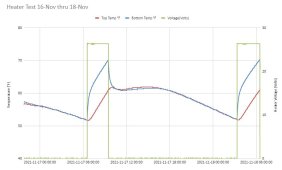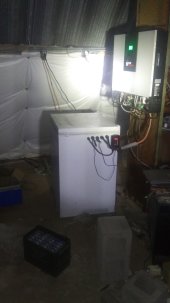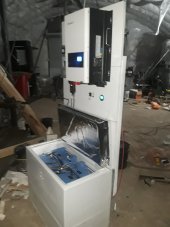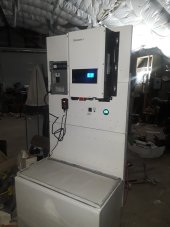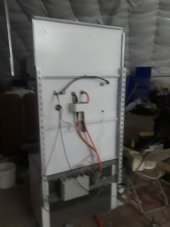Horsefly
Solar Wizard
Well, the only thing you are missing is something I probably haven't said, or at least not in this thread. Of the three owners of our cabin, two (my sister and brother, and their families) are within about 35 miles of the cabin. I'm about 300 miles away. I'm not the first one there in the spring, and I'm not the last one there in the fall. Although it isn't common, sometimes my sister will trek into the cabin during the winter (snowmobile or cross country skiing). No one but me knows much about the solar. Everyone got used to knowing that when they get into the cabin they just take the inverter out of standby and flip the breaker for the DC loads and they can enjoy the electricity. The only way I could sell the transition from AGMs to LFP was if I promised it wouldn't get more complicated.Unless I am missing something, this is not an issue. If you are just storing your batteries at the cabin-site without using them or charging them, they are fine just sitting there (supposedly down to about -40º F). Not really a risk to go with LifePO4... just bring them down to about 50-70% or something before you leave for the Winter and disconnect the solar panels. They can sit at 2/3 charge with no parasitic drain, and then in the Spring just charge them up. Only issue will be in the Spring when make it back up you will need to keep them warm still if you want to use and charge. I know in the spring at 9000' it is still going to be a challenge to use the batteries unless they are indoors or heated.
Even better, just keep your panels connected to your AGM batteries (or 1-2 of them) with a very low Watt heater that heats the battery space. That way you are still using the solar energy being generated but not putting it into the lithium batteries that won't need it anyway.
The box I've built with the heating logic seems to be working pretty well. It's gotten down below 40°F the last couple of nights, and isn't getting much above 40° today. I've got the thermostat set to keep the cells between 50° and 60° and it seemed to be working well. The BMS and the smart shunt don't show any decline in the SoC for the past 48 hrs.



